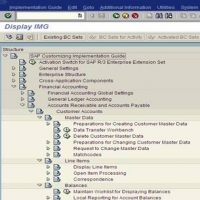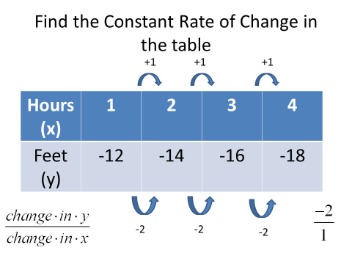
I’ve had some clients pay an invoice in a matter of minutes, while some have taken over a month simply because I didn’t set payment terms. And when I set the due date it usually always gets paid before or on that date. Often, we get sales tax calculator excited about getting paid that we may overlook the small details. And, to make sure you get paid on time, it’s important to set time limits on when things are due. If you don’t give a due date, your client may decide to pay when they feel like it (and this depends on the character you are dealing with). Billing a client for the first time can be a daunting task, but it doesn’t have to be.
Don’t be afraid to follow up after missed payments
Invoicing and billing are fundamental business tasks — that’s how you get paid, which is always a good thing. When it comes bond discount or premium amortization to maintaining cash flow and building the income your business receives, few things are as important as understanding how to bill a client for money. Properly documented invoices serve as legal records of the services rendered and the agreed-upon payment terms. In case of disputes or discrepancies, these invoices become valuable evidence to support your claims, protecting you from potential conflicts and safeguarding your rights as an agency owner. Your billing practices directly reflect on your professionalism as an agency. Clear, concise, and organized invoices show your commitment to conducting business with integrity and transparency.
Be kind with late payments

In Copilot, you can also decide whether to absorb transaction fees or pass them on to your clients, depending on your business model and client preferences. Client billing can also look different based on the business model you use. In the next section, I’ll go over the different types of ways most service providers approach billing their clients. If you already have your client’s credit card on hand, you can automatically charge them.
Get the contract signed
You include an international invoice with the shipment so the buyer can check that the inventory is complete. See why progress invoicing and receiving partial payments is highly beneficial. A major part of how to bill a client properly involves putting together a professional, detailed invoice. The invoice is a document that details exactly what you’ve provided for the client, the terms on which the work was done or the goods provided, and the amount it was agreed they would pay.
What is the client billing process?
- However, creating an invoice from scratch for each client isn’t the best use of your time, and can make billing your clients an unnecessarily complicated task.
- However, billing is essential — it ensures that you’ve paid for your time, and helps your business grow.
- Most invoice building software notifies you when the invoice arrives and when the client opens it, which helps with follow-up, and some send automated payment reminders.
- Invoices should be sent after the client placed an order, but before they send payment, but the exact timing varies.
When you set up an efficient invoicing system and find the right tools to help you with the process, managing invoices becomes a lot easier. Streamlined, online invoicing looks so much more professional than paper invoices. Using e-invoicing software helps your business appear organized, up-to-date, and well-managed, which helps impress your clients. E-invoicing also helps your clients with their records and financial reporting.
Our guide on how to make an invoice has all the details you should include. equity stock based compensation audit techniques guide Numbers or internal line item reference codes – this is the simplest way to save time on what could be a lengthy process each month. With Copilot, not only can you create and send invoices but you can also manage your entire client relationship in one place. E-invoicing makes it easier for the client to pay, so you’re a lot more likely to get paid on time and save the hassle of having to chase up late payments.
Sometimes, people refer to an invoice as a bill, because invoicing and billing are both ways of asking for payment. Keeping cash flow constant depends – in large part – on your ability to keep invoices current. If you are lazy about creating and sending new invoices, you’ll soon find yourself not getting paid in a timely fashion. If you bill every 30 days, for example, and payment from an earlier invoice hasn’t been made in time for the next invoice to go out, will you add the totals together? (This can be labeled as a “balance forward.”) You don’t want to confuse their accounting department by billing multiple times for the same amount due.
Your clients pay their light bill, groceries, rent on time, so they’re definitely capable of doing so. Sending a message inquiring about the late payment can help nudge them along to paying the invoice. Then if there’s a provision in your contract that demands a late fee be paid, then include this as well. If you complete assignments on a daily or weekly basis, then consider asking them whether it’d be alright to bill them multiple times throughout the month. Then once it pops up in their inbox, they may brush it aside because they’re too busy working on their next project. For example, you want to be able to accept PayPal, Stripe, credit cards, debit cards, and maybe even bank transfers.
With retainer agreements, clients are set up to make recurring payments of the same amount every month. The Teamwork.com invoice tracker template allows you to create invoice templates that suit the unique needs of your business. You also get detailed reports about exactly what you’re owed and who is behind on payments.

